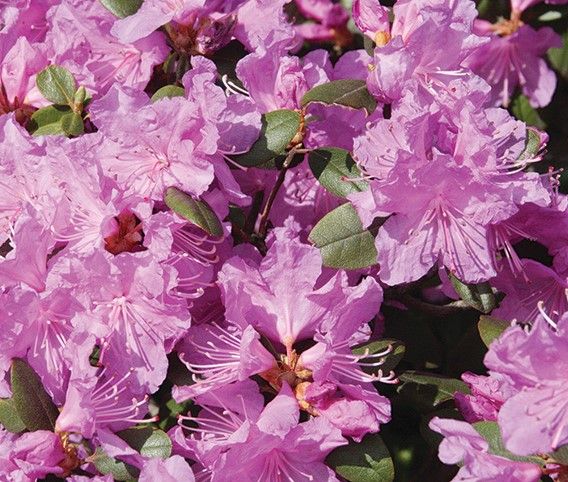Provided by MSG
Pets bring many positive changes to households. Pets can make homes more lively, and the companionship of animals can reduce feelings of loneliness while offering additional health benefits to pet owners.
Individuals who are preparing to adopt or purchase pets need to be mindful that they may need to make changes at home to ensure residences are safe places for pets to reside.
Much in the way new parents must assess the environs for potential hazards to babies, pet owners should conduct similar inspections. These safety checks should occur both inside and in the yard if pets will be spending time outdoors. Poisonous plants are a potentially hidden hazard prospective pet owners must address before bringing a new pet home.
People generally do not give much thought to the plants they include in their homes and yards beyond the care instructions and how they can add to the aesthetic appeal. Homeowners may know if a plant likes the sun or shade, but they may not realize its potential for toxicity. That’s because adults in particular are not prone to ingesting the plants in their yard that are inedible, unlike curious pets that may sniff and nibble plants when exploring their environments.
For those with dogs and cats that will spend time outdoors, it’s best to be aware of these potentially toxic plants, courtesy of the ASPCA, Dr. Buzby’s and Garden Design.
• Autumn crocus: There are various types of crocus plants, but the one most toxic to dogs is autumn crocus. The entire plant is toxic, but the highest concentration of toxic agent is found in the bulbs.
• Sago palm: Despite its tropical and relaxing appearance, the Sago palm is extremely poisonous if ingested by pets, with the seeds being the most toxic part.














